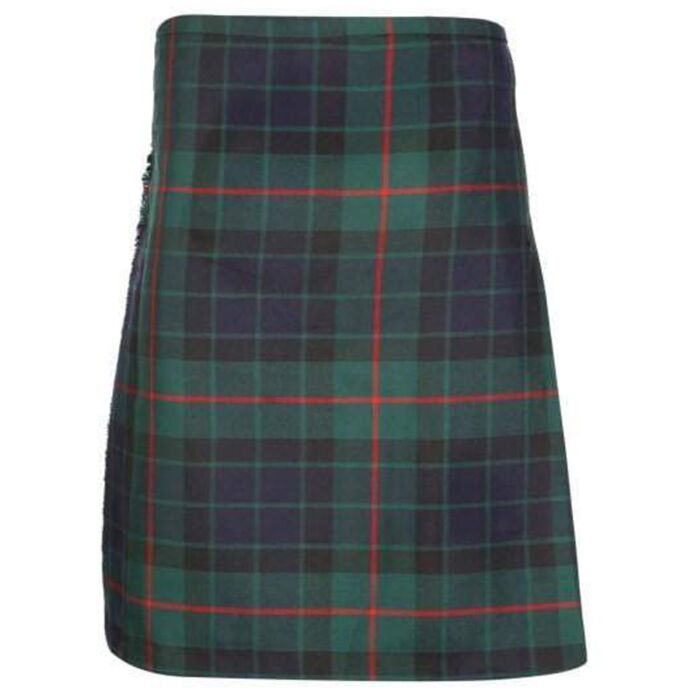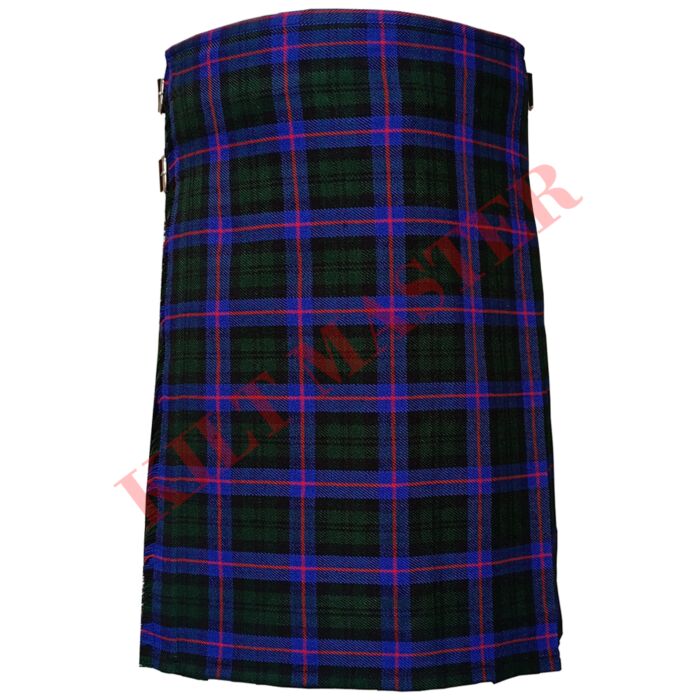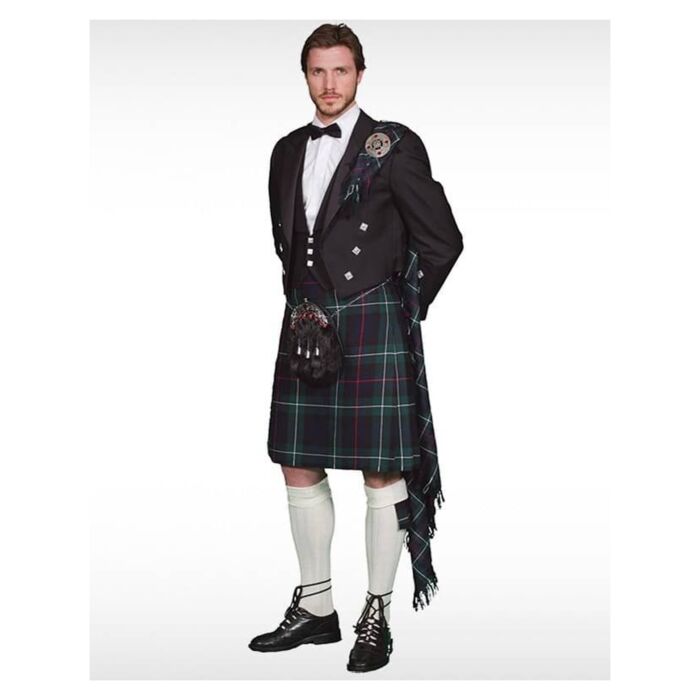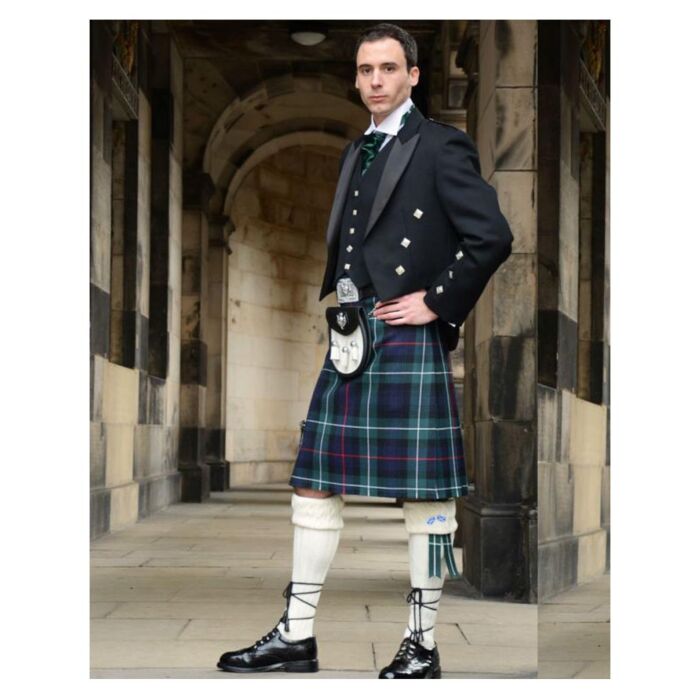Cultural Significance and Historical Traditions of Scottish Kilts
Introduction:
Scottish kilts have a deep cultural significance and are steeped in historical traditions that have endured for centuries. These traditional garments, made of tartan fabric, are iconic symbols of Scotland. In this article, we will explore the cultural significance and historical traditions associated with Scottish kilts, delving into their origins, evolution, symbolism, and enduring popularity.
I. Origins of Scottish Kilts:
The origins of Scottish kilts can be trace back to the 16th century, although the precise details remain a subject of debate among historians. Kilts evolved from the “belted plaid,” a loose garment worn by Highland clans, consisting of a large piece of fabric fastened around the waist with a belt. Over time, the belted plaid was adapte into the more recognizable form of the kilt we know today.
Transactional: Researchers have debate the precise details surrounding the origins of Scottish kilts. But it is widely accepte that they evolved from the belted plaid, a loose garment worn by Highland clans.
II. Evolution of the Scottish Kilt:
The Scottish kilt underwent a significant evolution, influenced by changes in fashion, social factors, and political developments. In the 18th and 19th centuries, the kilt became associated with Scottish national identity. Tartan patterns, specific to each clan or region, became an essential element of the kilt, representing familial or regional affiliations.
Transactional: The Scottish kilt went through a transformative process, driven by shifts in fashion, societal influences, and political changes. During the 18th and 19th centuries, it became a symbol of Scottish national identity, with tartan patterns representing clan or regional connections.


III. Symbolism and Identity:
Scottish kilts are imbued with symbolism and are often seen as a representation of Scottish pride, heritage, and identity. The tartan patterns woven into the fabric carry historical significance, signifying clan affiliation or regional heritage. Each tartan design is unique, with specific colors and patterns associated with different clans, families, or institutions, fostering a sense of belonging and pride among Scots.
Transactional: Scottish kilts hold profound symbolism, representing Scottish pride, heritage, and identity. The tartan patterns woven into the fabric are laden with historical significance, symbolizing clan or regional connections and instilling a sense of belonging and pride.
IV. Traditional Highland Dress:
The kilt is an integral part of the traditional Highland dress, which includes several other components. These include the sporran (a pouch worn around the waist), a sgian-dubh (a small knife tucked into the sock), a kilt pin (used to secure the overlapping fabric), a jacket or doublet, and a Glengarry or Balmoral hat. Together, these elements create a distinctive and striking ensemble that reflects Scottish heritage.
Transactional:
The kilt forms an integral component of the traditional Highland dress. Its accompanied by other items like the sporran, sgian-dubh, kilt pin, jacket or doublet, and the Glengarry or Balmoral hat. These elements combine to create a unique ensemble that showcases Scottish heritage.


V. Historical Traditions:
Scottish kilts have closely associated with various historical traditions throughout the centuries. For instance, the wearing of kilts played a prominent role in Highland gatherings. Such as clan gatherings, military events, and Highland games. These occasions showcased the strength, bravery, and camaraderie of the Highlanders, promoting a sense of community and shared heritage.
Transactional: Scottish kilts have played a prominent role in historical traditions, particularly in Highland gatherings. Whether at clan gatherings, military events, or Highland games, the kilt served as a symbol of strength, bravery, and camar
Wedding Kilt
Introducing a Wedding Kilt Company:
Are you planning a Scottish-themed wedding? Look no further! Our Wedding Kilt Company offers a wide selection of kilts and accessories to make your special day truly memorable. Embrace Scottish traditions and create a unique and stylish wedding experience.
